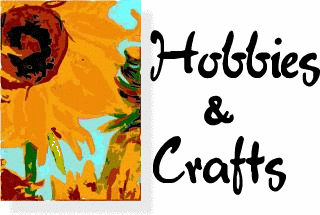
(ARA) - Every year scrapbooking hobbyists spend money on fancy paper, ribbons, stamps, fabrics and other supplies to make family mementos, photos and other ephemera into hulking scrapbooks.
Even though the scrapbooks are lovely to look at, give and cherish, in reality, their ingredients can often take over an entire room, or worse, a whole house. That’s why many traditional scrapbook enthusiasts have turned to a digital format. It’s less expensive, invasive and the options for creating, storing and sharing are endless.
According to Heather Ward, a graphic design instructor at The Art Institute of Indianapolis, one of the best ways to start digital scrapbooking is by investing in a good scrapbooking program such as Memory Mixer, Scrapbook Factory Deluxe or Scrapbook MAX.
“Once you have one of these programs you should begin by using the provided templates or tutorials until you feel secure enough to explore and create using the software on your own. There are also many support places on the Web where you can chat with other scrappers, get involved in a scrapping forum or ask an individual program’s support staff your questions,” says Ward.
Going digital doesn’t have to mean impersonal or mass-produced. In fact, as with traditional scrap booking, any fonts, themes and graphics being used depend entirely on the individual creating the book. According to Ward, “Scrapbooks are most interesting when the personality of the artists is seen in the work. A benefit of using digital scrap is that everything you need to make your final product special and memorable is included in the program. No need to run out to a craft store to buy supplies.”
Jason Stanford, a fashion design instructor at The Art Institute of Dallas says that “Putting a digital scrapbook together is not much different than creating one in the real world sense. All you need to do is think in terms of computer presentation instead of through traditional ‘book’ format.” Stanford recommends presenting digital scrapbooks by using Microsoft PowerPoint where you create a presentation of "pages" that you design in Adobe Photoshop in a format that is pleasing to look at and compelling for the readers.
Following that, Stanford recommends Adobe Photoshop to create from scratch “pages” by using paint attributes, shapes and other affects. By capturing digital photographs or scanning you can also incorporate real-world moments and other memorabilia within your "pages."
Finally, traditional scrapbooks can be damaged or fade with age (although many traditional scrap-booking products guard against this). Digital scrapbooks can be posted on the Internet to share with others and also to be preserved without risk of damage -- a sort of blog. In addition, scrap bookers can even add sound or music to go along with a page or an entire "book." Anyone who has watched a slide show or some sort of visual work that has music attached to it knows that sound can completely change and influence the message and emotion behind the work.
To learn more about The Art Institutes visit www.artinstitutes.edu/nz.
Courtesy of ARAcontent
EDITOR'S NOTE:
The Art Institutes (www.artinstitutes.edu), a system of 35 locations throughout North America, provide an important source of design, media arts, fashion and culinary arts professionals.

1 comment:
I have never tried digital scrapbooking. But I have tons of fun with paper, glue, scissors and stickers. I may try to digital scapbook when the kids are back in school and I have more time to concentrate on it.
Post a Comment